Care to venture into an exciting journey exploring some of the largest lakes in the US? From the majestic Great Lakes to the breathtaking beauty of Lake of the Woods – let’s rediscover these natural wonders in a new light!
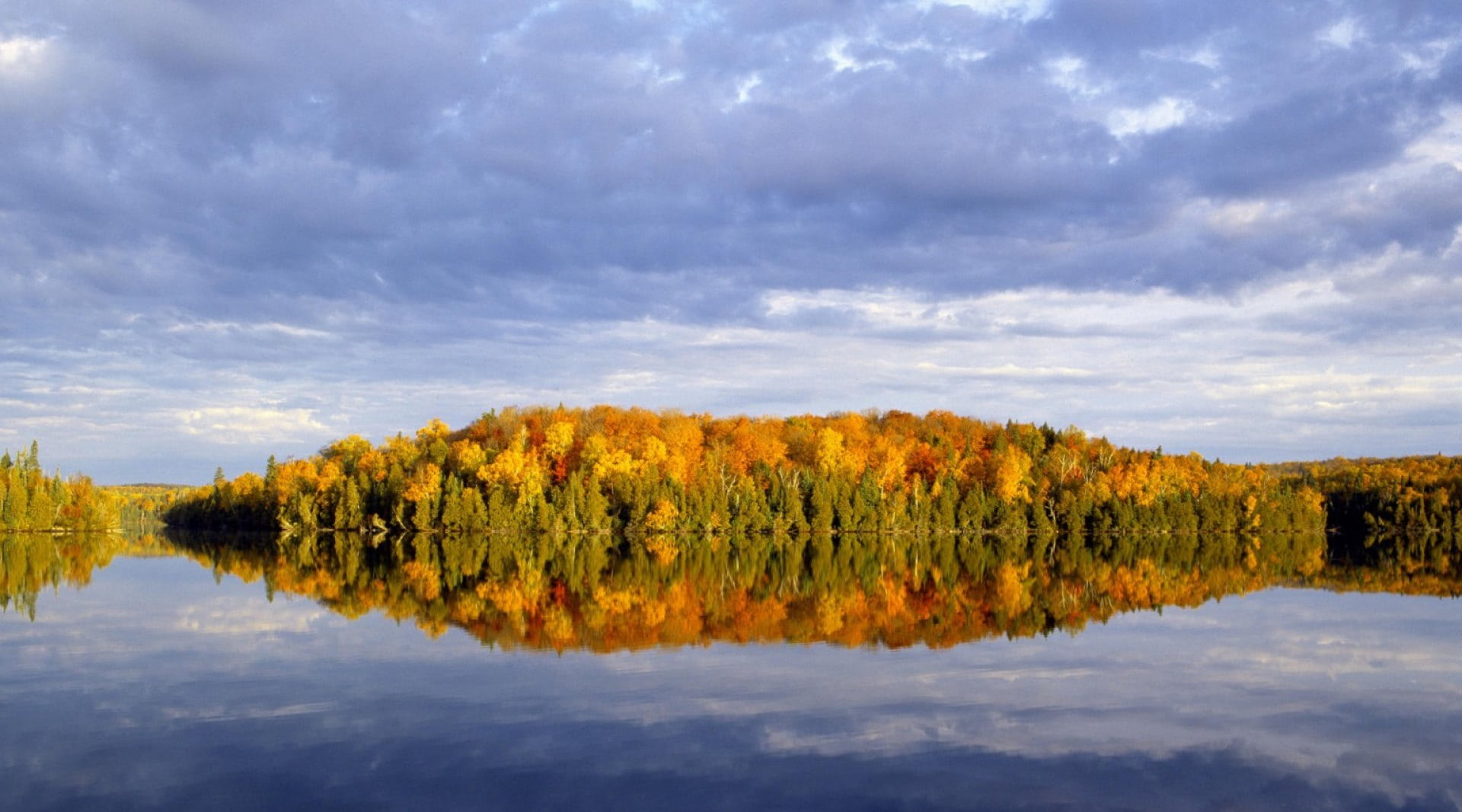
1. Lake Superior
- Surface Area: 82,103 square kilometers (31,700 square miles)
- Depth: 1,333 feet (406 meters)
- Location: Minnesota, Wisconsin, and Michigan in the US, and Ontario and Quebec in Canada
- Retention Time: 173 years
When talking about the largest lakes in the US, Lake Superior always comes on top! One of the Great Lakes, its surface area makes it not only the biggest lake in the US but the largest freshwater lake in the world.
This gorgeous lake offers more than you can imagine! Its crystal-clear waters, mountainous coasts, beaches, and cliffs make it the perfect place for that well-deserved vacation you’ve been wanting for ages!
Fun fact: this lake is so massive that it’s even bigger than the entire country of Portugal. it also contains more water than all of the Great Lakes combined!
Another interesting fact: Over 350 ships have sunk in the lake’s waters and one of them had a famous song written for it – The Wreck of the Edmund Fitzgerald.
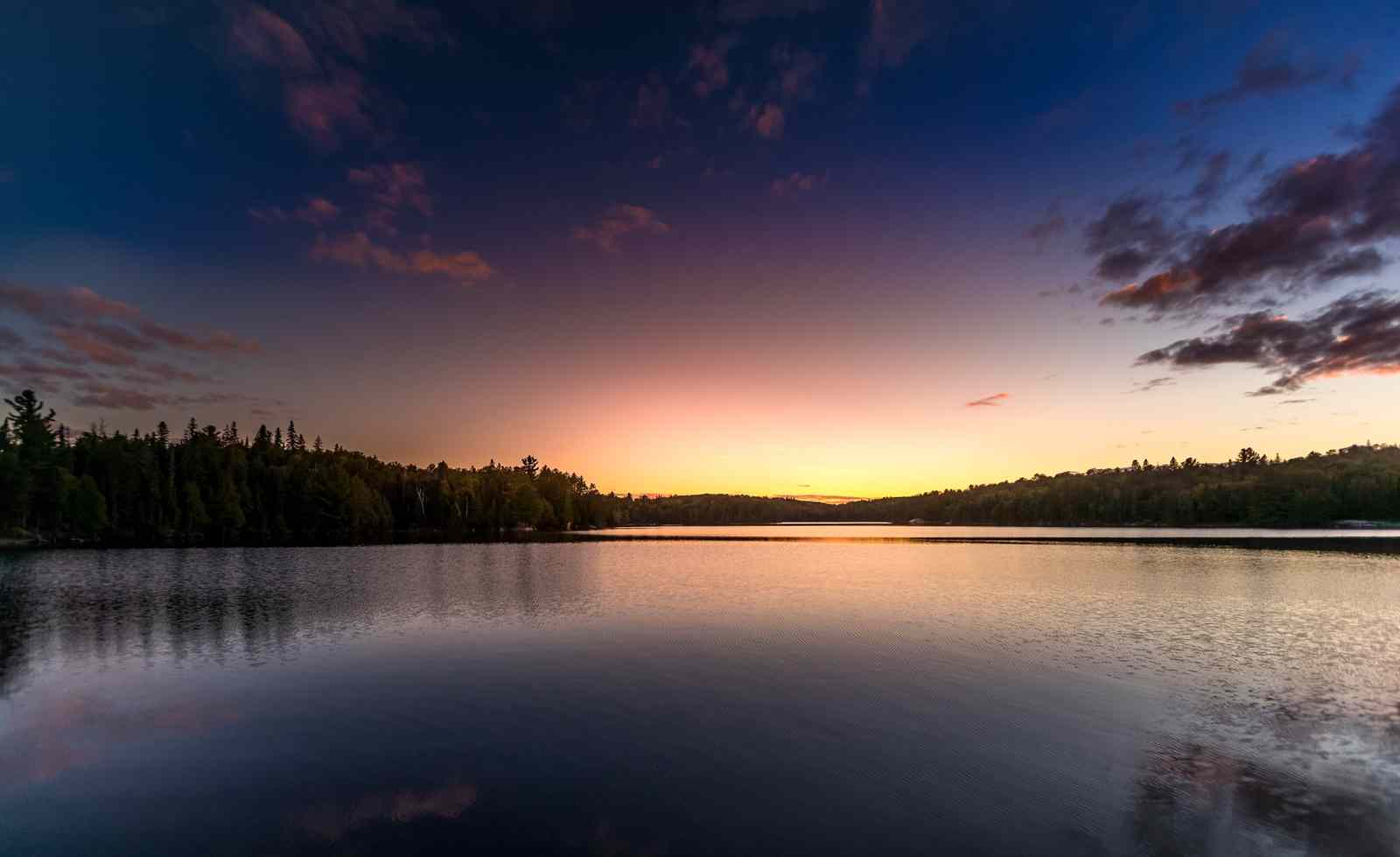
2. Lake Huron
- Surface Area: 59,600 square kilometers (23,000 square miles)
- Depth: 750 feet (229 meters)
- Location: North America, Michigan, and Ontario Canada
- Retention Time: 21 years
Lake Huron is one of the largest lakes in the US as well as one of the most unique lakes. Among all the Great Lakes, it has the longest shoreline reaching over 6,100 kilometers or 3,790 miles. Since it has over 30,000 islands (the lake with the most islands in the world) it’s a great place if you’re looking for adventure or simply want to be closer to nature!
It’s surrounded by wetlands and forests that are home to rare and endangered species of plants and animals. There are also beaches, dunes, coves, bays, and more, not to mention the shipwrecks just beneath the surface! Plus, it’s one of the best places to watch those scenic sunsets.
Did you know that Lake Huron has a forest of 7,000-year-old petrified trees underwater? It’s definitely a must-see!
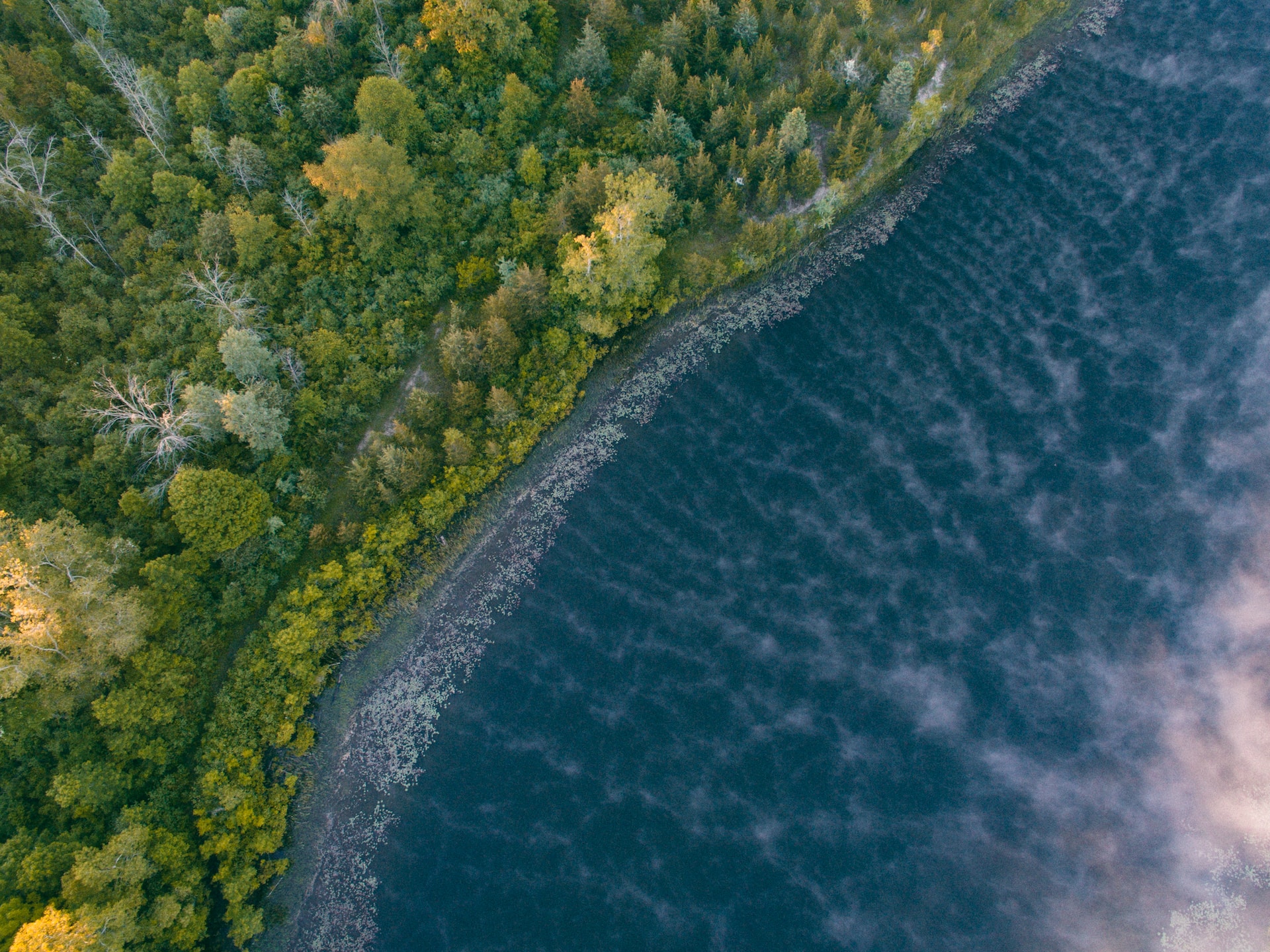
3. Lake Michigan
- Surface Area: 58,016 square kilometers (22,404 square miles)
- Depth: 925 feet (282 meters)
- Location: Michigan, Indiana, Illinois, and Wisconsin
- Retention Time: 62 years
Missing the sea and the sound of crashing waves? Why not visit Lake Michigan for a change? With its fresh breeze and stunning blue waves, this lake totally gives off the oceanic feel you’re craving for!
The southern shore of this large lake is dotted with vibrant cities but much of it is wild and forested. Like Lake Huron, it also serves as a habitat for endangered animals and plants. What’s more, it’s the go-to place for those looking to collect pebble-shaped Petoskey stones – fossilized corals that can only be found on the northern shores of this lake.
Oh, and guess what? Among all the Great Lakes, it’s the only lake that entirely lies within the US!
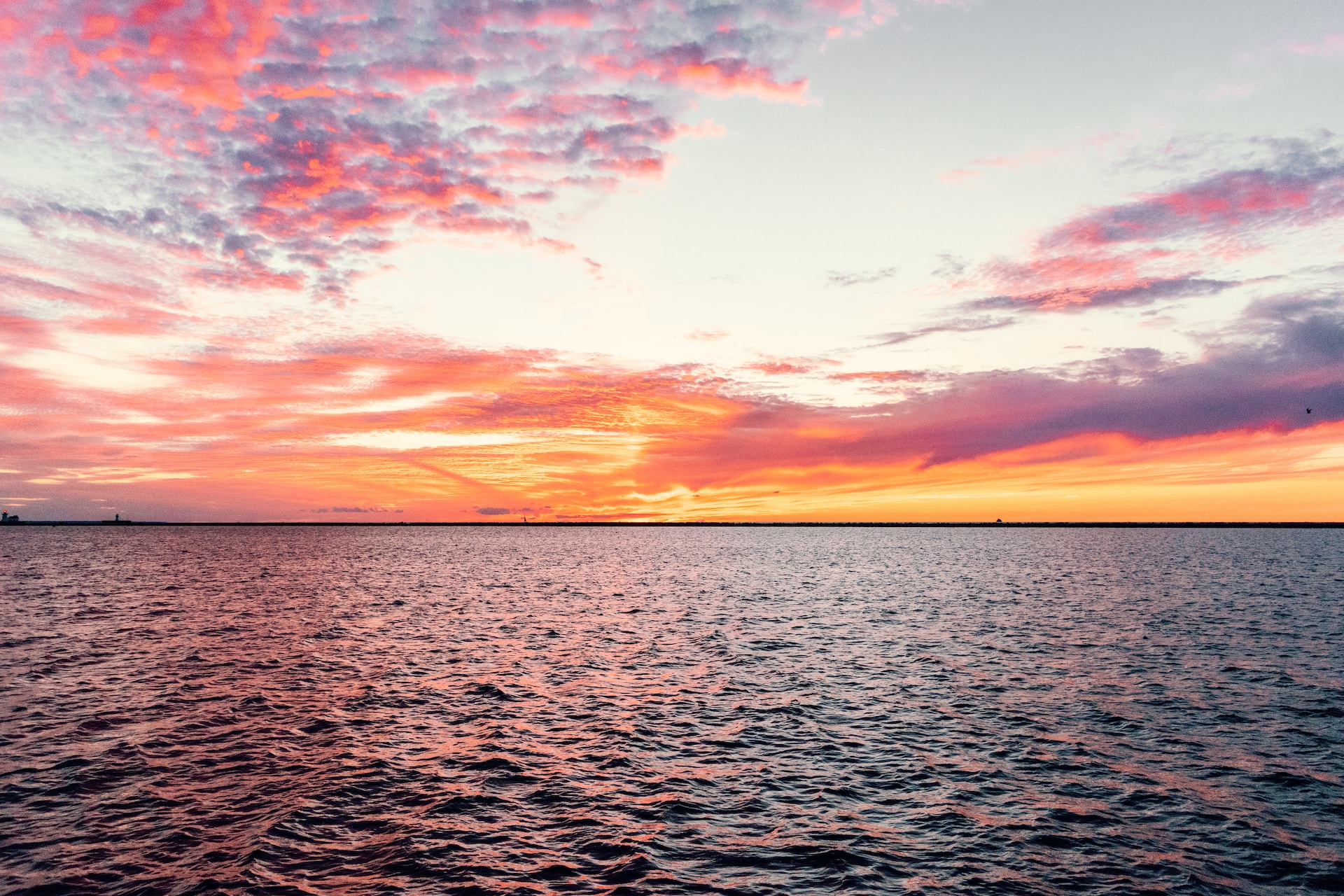
4. Lake Erie
- Surface Area: 25,667 square kilometers (9,910 square miles)
- Depth: 210 feet (64 meters)
- Location: New York, Pennsylvania, Ohio, Michigan
- Retention Time: 2.7 years
Although one of the largest lakes in the US, Lake Erie’s average depth is only 62 feet (19 meters), meaning, it’s the shallowest lake among the five Great Lakes.
Due to this, it freezes over during most winters but is the best destination for summer recreation. Thanks to its warmth, the biodiversity is highly productive, and the soil nutrient-rich!
The lake’s sandy shores also play a vital role. Each year, they serve as grounds for stopovers for thousands of migrating butterflies and birds making it a natural spectacle like no other.

5. Lake Ontario
- Surface Area: 19,011 square kilometers (7,340 square miles)
- Depth: 283 feet (86 meters)
- Location: New York, and Ontario Canada
- Retention Time: 6 years
Albeit the smallest of the five, all the waters within the Great Lakes flow through Lake Ontario. Leading out to the Atlantic Ocean makes it even more crucial for water exchange, transportation, and fish migration. It’s home to a huge variety of wildlife (over a thousand species of animals and plants) and provides drinking water to over 9 million people living in the surrounding area.
Were you aware that the Ontario province is named after the lake and not the other way around? Oh, and there’s this hydrocarbon lake – Ontario Lacus – on Saturn’s Moon, Titan, named after it as well!

6. Great Salt Lake
- Surface Area: 4,400 square kilometers (1,700 square miles)
- Depth: 14 feet (4.3 meters)
- Location: Utah
- Retention Time: 5 years
Not just one of the largest lakes in the United States but the saltiest lake in the world outside Antarctica. The Great Salt Lake is nearly 8 times saltier than the ocean and is the most ideal place for harvesting salt. It’s also a site for field research by scientists and educators alike.
Although swimming is not recommended due to its salinity, you can still go boating to enjoy the scenery and its rich marine life. It’s also a popular place for birdwatching as it serves as a resting place for hundreds of migratory bird species.
In addition to the picturesque mountain views and wildlife, you can also marvel at the spectacular land art constructed in the 1970s by Robert Smithson – the Spiral Jetty.
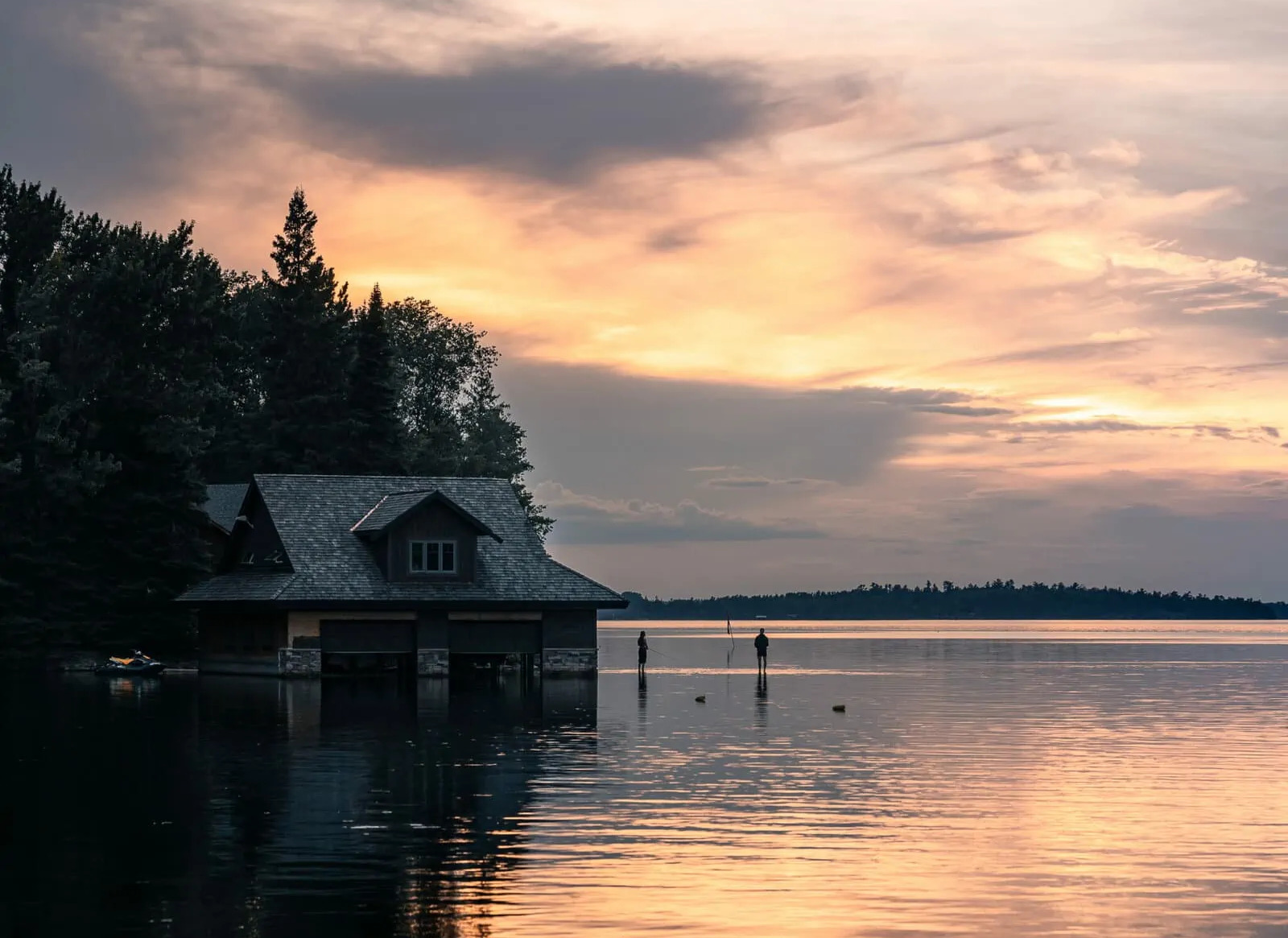
7. Lake of the Woods
- Surface Area: 4,347 square kilometers (1,679 square miles)
- Depth: 210 feet (64 meters)
- Location: Minnesota in the US, Ontario, and Manitoba Canada
- Retention Time: 1.7 years
With its pristine waters that are so clear, you can see 25 feet or 7.5 meters below, the Lake of the Woods will undeniably take your breath away. On top of the remarkable scenery beneath the waters, it even has underwater caves, crevices, and rock formations.
The lake has the longest shoreline in the world, reaching 65,000 miles or 100,000 kilometers, and is home to a wide array of wildlife including black bears, moose, cougars, and even bald eagles.
Whether you go on a dive, go camping, or snorkeling, this awe-inspiring lake will leave you with a ton of unforgettable memories!
These wondrous lakes are perfect for people with a thirst for adventure and love to be one with nature. If you’re looking for a change of pace, visiting one of these largest lakes will provide you with some peace and quiet you never knew you needed!
Frequently Asked Questions (FAQ)
What is the largest manmade lake in the US?
When the Hoover Dam was built, it was necessary to reroute the Colorado River to provide the water supply in the developing region. The whole process filled the surrounding area with water resulting in what we now call Lake Mead – a huge reservoir about 24 miles or 39 kilometers east of Las Vegas. It’s certainly a sparkling oasis, a hidden gem in the middle of the desert.
What lake never freezes?
Have you ever heard of the ‘warm lake’ that never freezes? The pearl of Kyrgyzstan, Issyk-Kul, is the second-largest alpine lake in the world. The country only experiences mild winters with an average temperature of -3°C in January. According to Asia Mountains, the phenomenon may be caused by several factors. For instance, the fact that there are thermal springs at the bottom of the lake, or by environmental factors such as the climate or the lake’s salinity.
What is the largest lake in history?
Around 12 million years ago, Megalake Paratetheys existed. Formed by raising Europe’s mountain ranges separating the ancient Paratethys Sea. It’s a body of water stretching all the way from the Alps to Central Asia, the largest lake ever recorded in history. There’s even an article about it published in the Guinness World Records. Give it a read if you’d like to know more!
What is the clearest lake in the US?
The crystal-clear waters and serene landscape of Lake Tahoe will always leave you mesmerized. It’s the largest alpine lake in North America renowned for its water’s clarity. Surrounded by dense forests, the absence of urban areas on its shores limits the pollution affecting its water quality. Additionally, having low levels of nutrients in the water greatly prevents algae growth keeping the water clear.
What is the smallest lake on Earth?
As reported by China Daily, the Guinness World Records officially recognizes Benxi Lake in Liaoning Province in China as the smallest lake in the world – a natural lake that’s merely 15 square meters big.

